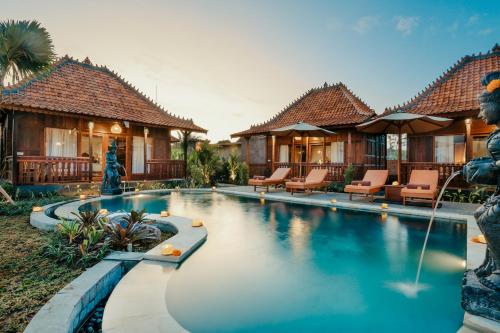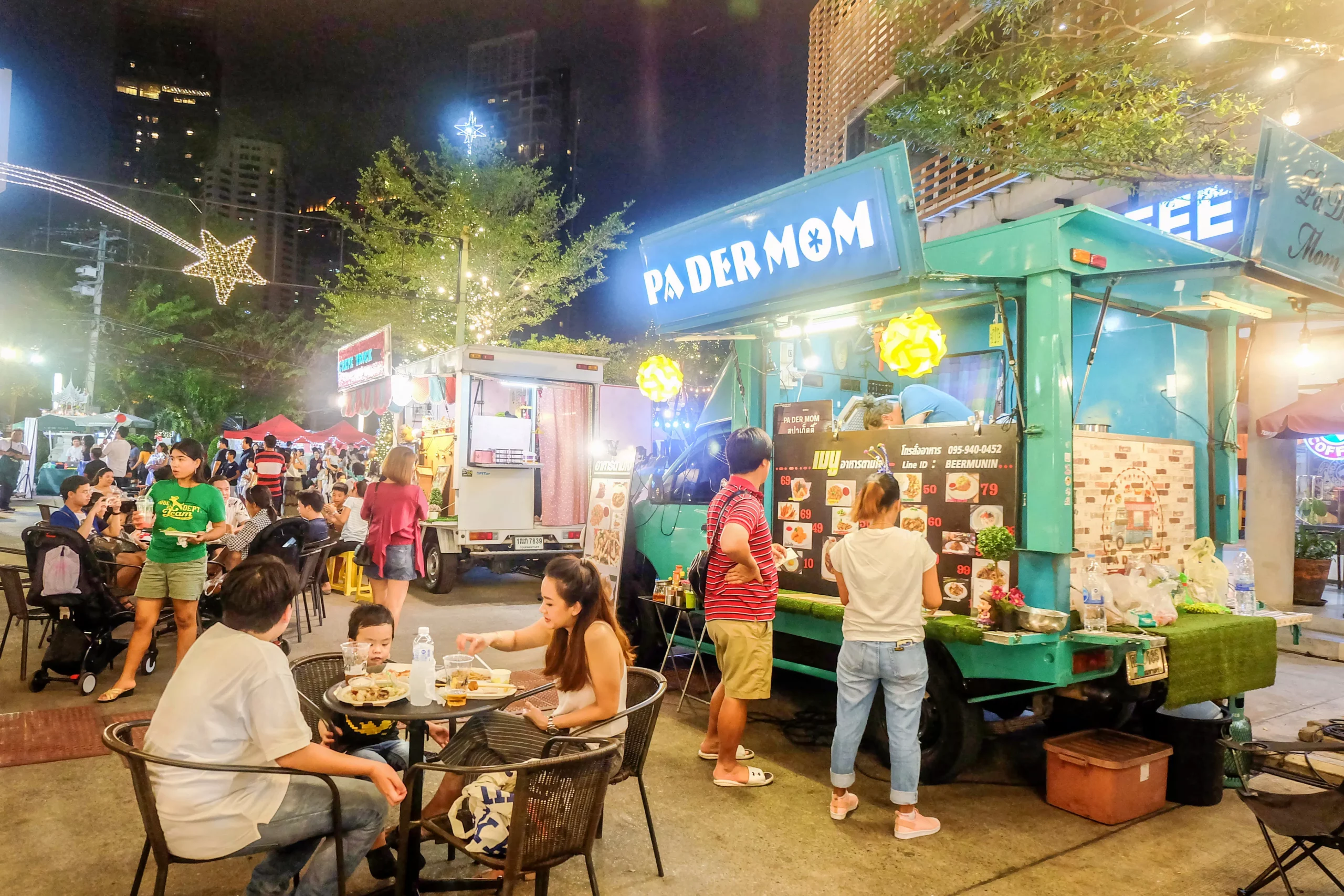What to Look For When Renting a Bali Villa (Seminyak + Beyond)
Choosing a Bali villa is exciting—but the details matter. Use this quick guide to find a place that fits your group, budget, and holiday style, with special notes for the Seminyak area.
1) Location Logic: Beach Access, Lanes, and Noise
“Near the beach” can mean oceanfront or a 10–15 minute walk. In Seminyak, check the actual walking time to the sand, whether the path is a quiet gang (lane) or a busy road, and how close you are to sunset spots (Double Six, Petitenget). Ask where taxis and drivers can pick up (some lanes are narrow), and confirm nearby essentials—mini-marts, pharmacies, cafés. If you prefer calmer waters for kids, consider nearby Sanur; for surf culture and cafés, Canggu is great—but expect more driving between hotspots.
2) Bedrooms & Layout: Happy Mornings Start Here
The right configuration reduces friction. Look for:
-
Flexible bedding (king/twin splits) for couples and friends.
-
Ensuite bathrooms for most rooms to avoid queues.
-
Ground-floor options for grandparents and early sleepers.
-
Enclosed grounds and lockable doors for kid safety.
-
Clear floor plans so you know which rooms face the pool.
In Seminyak, many of the highest-quality Bali villas cater to families—ask for a floor plan and crib/high-chair availability upfront.

3) Shared Spaces: Size for the Whole Group
Scan photos for real capacity: a living room that seats everyone (not four chairs for an eight-person villa), dining table with full chair count, shaded pool seating, and a second hangout zone for late nights. If you plan a chef dinner or birthday, confirm tableware for the full group, a covered dining area for rainy evenings, and outdoor lighting.
4) Service, Policies & Practicalities
Bali villas shine with friendly staff who handle housekeeping, simple breakfasts, and concierge help (drivers, spa, restaurant bookings). Clarify:
-
Chef/cook: included or on-request, menu/pricing?
-
Wi-Fi speed (work calls, streaming).
-
Backup power for rainy season.
-
Security and safe storage.
-
Laundry options (on-site or pickup).
-
House rules (events, music cut-off, visitor policy).
-
Taxes, service charges, deposits, and cancellation terms—get these in writing.

5) Timing & Budget: Peak vs Shoulder
Peak periods (July–August, Christmas/New Year) book out months in advance—especially in Seminyak’s beach-access lanes. Shoulder months (May–June, September) often deliver the best value and weather. Compare the per-person nightly cost with hotels—villas usually win for groups once you factor in private space, kitchen savings, and staff support.
Bottom line: Prioritize walkable beach access, a transparent floor plan, genuine group-sized spaces, and responsive staff. If you love sunset strolls, dining variety, and easy logistics, Seminyak is a stellar base—just confirm those lane details and pickup points before you book.
Seminyak Beach Area Guide: The Best Pockets for Families
Seminyak is one of Bali’s most convenient bases for families—walkable beach lanes, great dining, and plenty of villas with staff who make travel easy. But Seminyak isn’t one-size-fits-all. Here are three micro-areas to help you pick the right pocket.
Petitenget: Sunset Strolls & Grown-Up Dining
Petitenget sits at the north end of Seminyak Beach and blends style with calm. By day, the wide sand is perfect for walks and sandcastle time; by late afternoon, it’s all about sunsets. Villas here often have enclosed gardens, ground-floor bedrooms, and quick access to chic restaurants and spas. Parents love being able to slip out for a nice dinner while still being a short ride back to the villa. If you’re traveling with teens, the café scene and boutiques add extra appeal.

Oberoi (Eat Street): Walkability Wins
Centered around Jalan Kayu Aya (“Eat Street”), Oberoi is Seminyak’s walkable heart. Expect family-friendly cafés, gelato spots, and easy taxi access. Villas here suit groups who enjoy short walks to dinner after a beach hour at sunset. Do check your exact lane and pickup point—some gangs are narrow for cars, so your driver may park at the main road. For little kids, the convenience of mini-marts, pharmacies, and breakfast bakeries is gold.

Double Six to Legian Border: Sand First, Everything Else Close
South Seminyak edges toward Legian with broad beachfront and a casual vibe. Families who prioritize sand time love it here, especially for morning beach play and easy seafood dinners nearby. Villas often price a touch friendlier than prime Petitenget, while still keeping you close to the action. If early nights matter, ask about nearby live-music venues and typical evening noise.
How to Choose:
-
Short, walkable dinners? Pick Oberoi.
-
Stylish sunsets and top dining? Go Petitenget.
-
Maximum beach time and good value? Try Double Six/Legian border.
Whichever pocket you choose, confirm true walk times, bedroom splits (king/twin), and staff services (breakfast, driver help). With the right lane and layout, Seminyak makes family logistics refreshingly simple.
Hostels in Japan: How to Choose Smart (Without Losing Comfort)
Japan’s hostels are some of the cleanest, safest, and best-designed in the world—great for solo travelers, friends, and even families on a budget. Here’s how to pick the right stay and what to expect across Tokyo, Kyoto, Osaka, and beyond.
Pick the Right Type: Capsule, Pod, or Boutique Hostel
You’ll see three common styles:
-
Capsule hotels: compact sleeping pods with shared baths; great for one-nighters near stations or airports.
-
Pod-style hostels: dorms with privacy curtains, personal lights/chargers, lockers—more social than capsules but still private.
-
Boutique hostels: small rooms (sometimes family rooms), stylish lounges, cafés, and cowork corners—ideal if you want design and community.
Look for female-only dorms, private twins/doubles for pairs, and check bunk size and locker dimensions (some fit only daypacks).
Location Logic: Trains, Transfers, and Quiet Nights
In big cities, time = money. Prioritize walkable access to a major line:
-
Tokyo: JR Yamanote Line (loop) or metro hubs like Asakusa, Ueno, Shinjuku, or Akihabara.
-
Kyoto: near Kyoto Station or along the Karasuma Line for easy temple access.
-
Osaka: Umeda/Namba for transfers; Shin-Osaka if you’re riding the shinkansen often.
Check last-train times, nearby conbini (7-Eleven, FamilyMart), and whether the street is lively or quiet after 10 pm if you’re a light sleeper.

Facilities That Actually Matter
Scan the listing for:
-
Showers & laundry: enough units for peak hours; coin washers/dryers save days.
-
Common areas: a real lounge makes meeting people easy; kitchens help you trim food costs.
-
Power & Wi-Fi: outlets for every bed; stable Wi-Fi if you’ll work.
-
Luggage options: early bag drop, storage rooms, or nearby coin lockers. Consider TA-Q-BIN luggage forwarding if you’re city-hopping.
-
Curfew & check-ins: some hostels lock doors late; confirm PIN access or staff hours if you arrive after 9–10 pm.
Etiquette & Small Comforts
Japan values quiet. Expect lights-out norms, low voices, and no phone calls in dorms. Use earplugs, an eye mask, and slippers (many hostels are shoes-off). In shared baths/onsen: rinse first, no swimsuits, and keep towels out of the water. Label your food; keep dorms tidy. A little omotenashi (courtesy) goes a long way.

Booking Timing & Budget Tips
Peak seasons (late March–April for sakura, July–August summer, and October–November for koyo autumn leaves) fill quickly—book 3–6 weeks ahead for popular cities. Weeknights can be cheaper than weekends. Grab an IC card (Suica/PASMO/ICOCA) for trains and konbini, and consider overnight buses or rail passes to balance costs.
Bottom line: choose a hostel that’s steps from a useful train line, with pod privacy, solid showers, and a real lounge. You’ll get Japan’s trademark cleanliness and safety—plus the social side that makes travel memorable.
